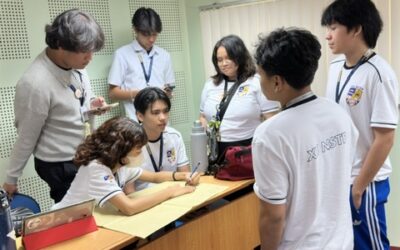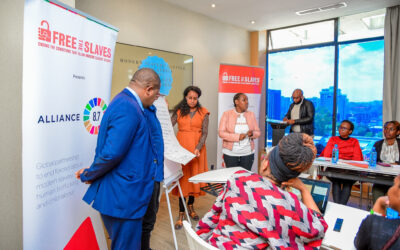What if the response to a natural disaster in the U.S. looked like typical international relief efforts for crises overseas? How effective would it be?
“Imagine trying to respond to Hurricane Katrina and having a French NGO, where most of the workers speak French and no English, coming in to try to coordinate the response effort,” says FTS Programs Director Karen Stauss. Yet, that’s what typically happens after typhoons and earthquakes in developing countries. “It’s that silly,” Stauss says. “It’s that inane.” And it’s what happened last year after the devastating earthquake in Nepal.
“Nepalis themselves were notably absent from the coordination meetings about responding to the disaster,” Stauss says. “And that was both at the national level and at the district level where we did our research.” (See full FTS research findings here).
Stauss discussed ways to improve anti-trafficking responses in disaster zones as part of a Women’s History Month briefing on Capitol Hill Thursday. The briefing about gender-based violence in humanitarian settings was organized by U.S. Rep. Mike Honda (D-CA) and moderated by Kiersten Stewart of Futures Without Violence.
“In times of crisis and conflict, women and children are often the first to be displaced, and the last to be remembered,” Stewart says. “If we implement the solutions that are good for women and girls, we’re going to implement the solutions that are good for everybody.”
Stauss described how Nepal’s earthquake created a spike in human trafficking, because the immediate need to find shelter and work increased vulnerability to modern slavery. Free the Slaves and our front-line partner groups were able to provide an immediate anti-trafficking response, including the rescue of children who had been spirited from their villages by traffickers posing as aid workers.
The just-released analysis of the post-earthquake situation and response includes recommendations for improving aid programs in earthquake zones worldwide. These include the development of global standards to guide future response teams to incorporate local nonprofits in disaster response coordination, and integrating anti-trafficking work into other disaster response efforts (such as handing out anti-trafficking information at the same places people go to get food and tents).
Our thanks to Rep. Honda for including Free the Slaves in this week’s briefing!



